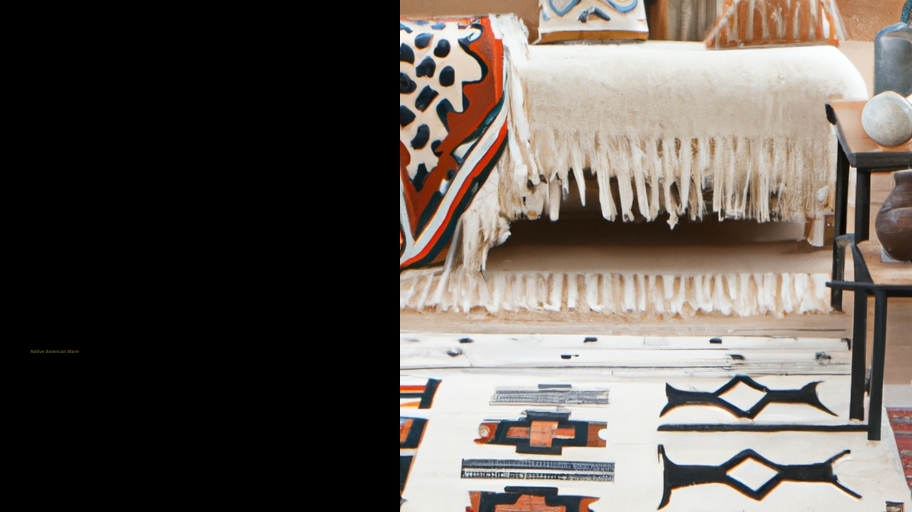Create an air channel inside each finger hole by carving out a small indentation in each hole leading towards the main sound producing chamber at one end of the flute
Making a Native American flute is a fun and creative activity! To begin, you need to create an air channel inside each finger hole by carving out a small indentation in each hole leadin' towards the main sound-producing chamber at one end of the flute. This can be done with a sharp blade or small chisel, as well as some sandpaper for smothering any rough edges. (Be sure to use safety precautions while usin' tools!) Next, you'll need to cut holes in the side of the flute so your fingers can access the air channels. You should then drill two holes on the backside of your flute near where you'd place your lips when playin'. These will allow excess air to escape as you blow into it. Now that all these elements are in place, it's time to add decorative touches like paint or symbols. Finally, attach a mouthpiece made of leather or cloth at one end and try playing your newly crafted instrument! With practice, soon enough you'll be able to produce beautiful notes from your very own Native American flute! Wowza!
Finish off by filing away any remaining rough spots on both sides of your finished native american style flute before playing it!
Finishing off your native american style flute is the last step before playing it! Be sure to file away any unruliness on both sides of the instrument before playing. It's also important to ensure that there are no sharp edges or ridges which could make playing difficult. (Doing this) will result in smoother, more pleasant sounding tones from your flute. Carefully check surfaces for any unevenness and use fine sand paper to gently take down these areas until they are level with the rest of the surface.
Once you have finished filing away those rough spots, you can give a final polish using an appropriate cloth. This will help protect the instrument and make it look its best! Always remember; safety first! You don't want to cause yourself injury while handling tools or polishing agents. Now you're ready to begin making music with your beautiful new flute!
It may take some time and practice before you start producing amazing sounds but perseverance is key - with enough hard work you'll be able to create delightful melodies in no time at all! To do this, start by learning basic techniques like breath control, vibrato and pitch variation. These fundamentals are essential for producing emotive music on any woodwind instrument. Additionally, research native american songs and melodies so that you know exactly what type of sound you want to achieve when playing your flute.
Finally, don't forget to enjoy the process - making music should always be fun! Whether it's solo performances or jamming with friends; if something isn't working out as expected then try something different until you find a method that works well for you. There's no rush - focus on perfecting your technique rather than trying to hurry through it all as quickly as possible. With that said, I wish you luck in creating wonderful sounds with your native american style flute!
